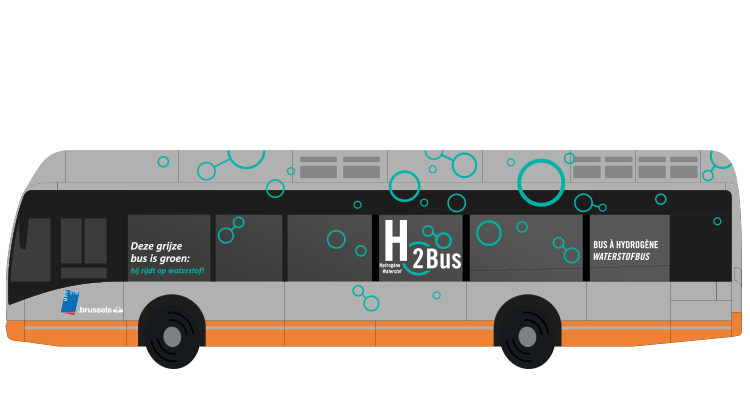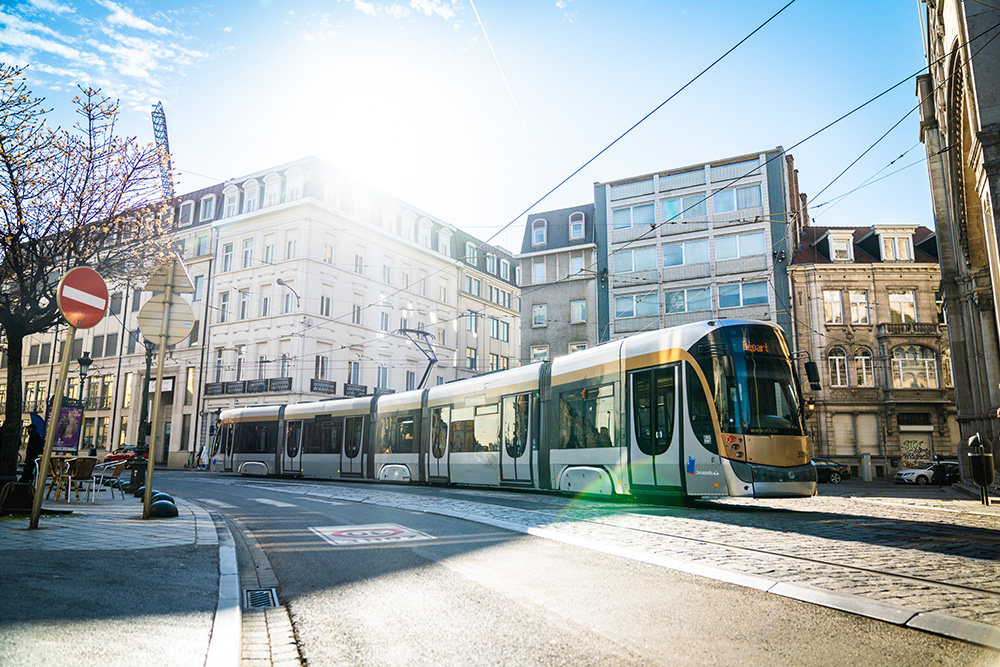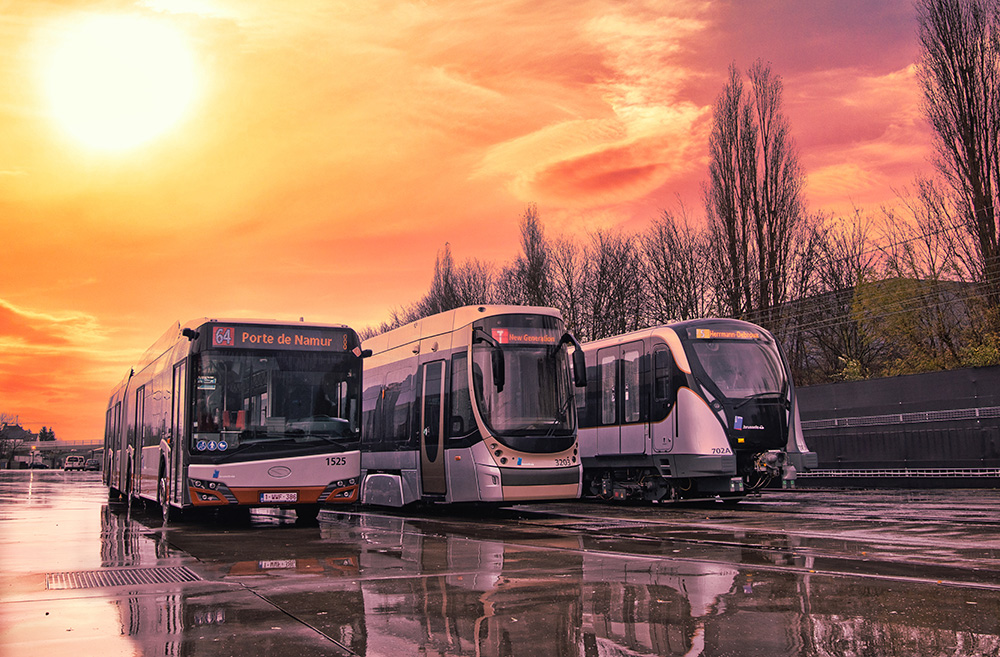A dynamic and innovative company
The STIB is a dynamic and efficient company that uses innovation to increase its performance and plan the future of mobility in Brussels. Thanks to a particularly ambitious investment plan, it is committed, in partnership with the Brussels Region, to delivering a quality service that meets customer expectations while developing its network and preparing for the future.
To do this, it is striving to control and optimise its costs, simplify its processes and governance, improve its operating agility and develop a culture and management of innovation.



